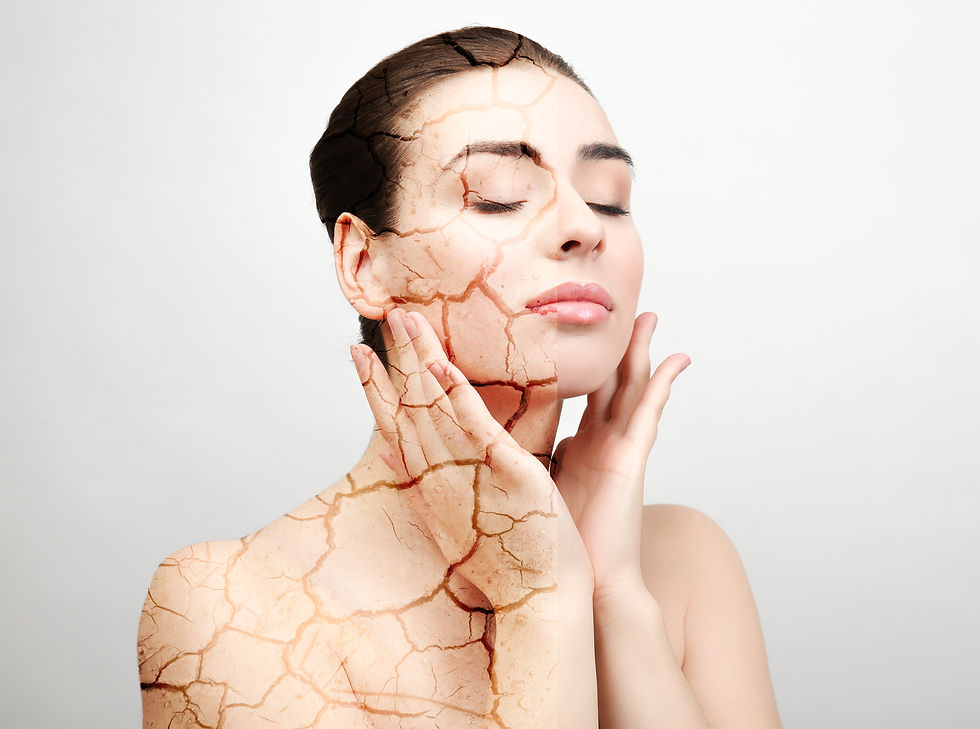Dry Needling vs. Acupuncture
- Danielle Rose
- Jun 5
- 2 min read
Even before I became an acupuncturist, I was frequently asked if dry needling and acupuncture were the same thing. At the time, I didn't know much about acupuncture except that it seemed vastly different than what I, as a PT, was trying to accomplish.
Now that I am both an Acupuncturist and a Physical Therapist, I know the answer. They are completely different.
Dry needling is based on Dr. Janet Travell’s trigger point research which found that muscles have trigger points (tight bands of muscle) that can refer pain into different areas of the body. Working on these areas can release muscle tension and pain both at the site and into the referral area. An example: Someone has pain into the knee with walking. There are several glute and quad muscles that refer pain into the knee. One can even have knee pain from tension into the calves. The needles are inserted to the level of the muscle of issue and moved around (pistoning) to attempt to create a twitch response or muscle “jump” that allows for relaxation of the muscle.

Acupuncture is based on Traditional Chinese Medicine (TCM) and balancing the Qi (chi) flow through the meridian pathways or channels. They use needles at certain depths at specific points to accomplish this. Using our example of knee pain, an acupuncturist will take into account the mental and emotional state at the time the pain began as well as the environment surrounding the knee pain. So, the same person experiencing knee pain would go to an Acupuncturist and have needles inserted on any of the meridians associated with not only the knee pain but also the other issues surrounding the pain. This may include needles in the arm, back, head or abdomen. The needles are not inserted to the level of the muscle but rather in accordance with prescribed levels associated with that point, typically no more than an inch in depth. (There is definitely more to it, but consider this the 1st grader’s version).

In the above pictures, the first is showing dry needling (videos to follow) with the needle going directly into the quads. The second picture is showing acupuncture with typical points for knee pain. These needles are thinner and will remain in the body for anywhere between 20-40+ min whereas the dry needling will last only a couple of minutes.
(Oh BTW...you generally would not be seated for either version!)
So Dry needling vs. Acupuncture...which is better? It all depends on the issue. I'm posting more shortly on which technique does better for which specific ailment.



Comments